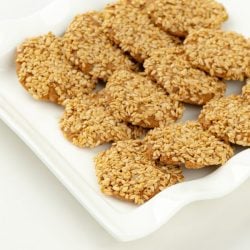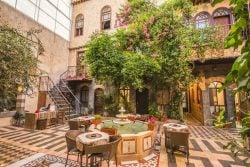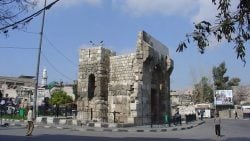The Most Famous Restaurants From Our Childhood in Damascus!
What’s Damascus most famous for? Delicious food! The city features countless restaurants, but some left a lasting impression—whether it’s their mouth-watering dishes, unique experiences, or memorable decor. Here’s a list of iconic restaurants in Damascus that were a big part of our childhood in Damascus.
Al Qaryah Al Shamiyah (The Syrian Village)
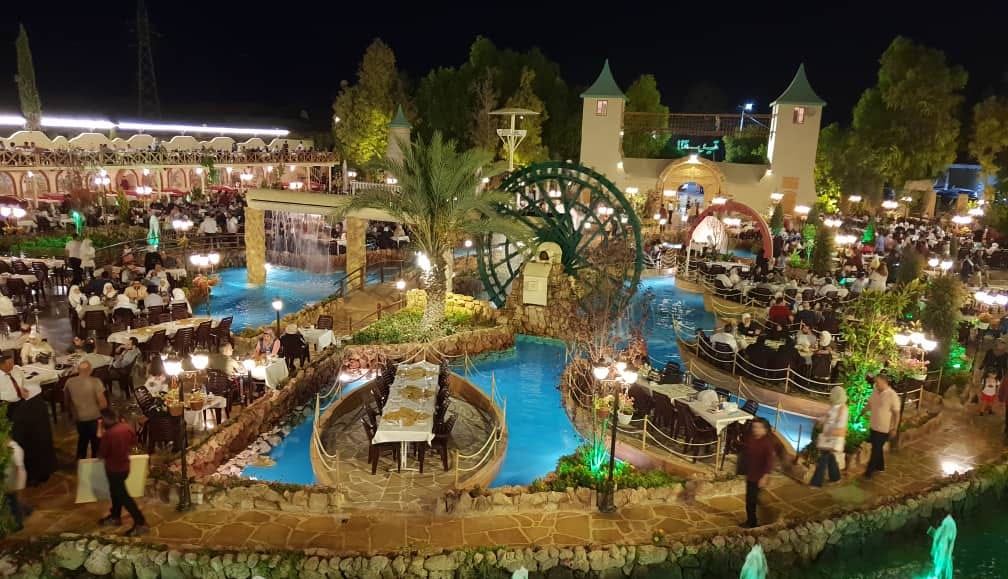
This restaurant on the airport road in Damascus was a staple in the 2000s, with eye-catching decor and massive space. It wasn’t just a place to eat but a destination in itself. It featured activities like a hanging bridge at the entrance, kids’ play areas, and a traditional crafts market. And who could forget their puffed potatoes and freshly baked bread?
Bawabat Dimashk (The Gate Of Damascus)
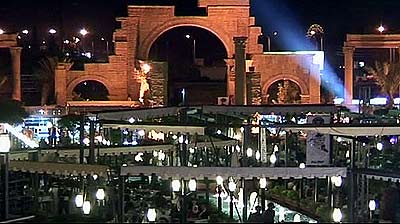
Opened in 2002, Bawabat Dimashk restaurant on the airport road in Damascus was a stunning sight from our childhood. Designed to resemble Damascus’s historical landmarks, it earned the title of the world’s largest restaurant in the Guinness Book of World Records. With a capacity of over 6,000 people across six sections and a sprawling 54,000 square meters, it was the ideal spot for family gatherings on Fridays. At the time, the restaurant cost around $27 million.
It was a perfect choice for a Friday outing with the family.
Zaman Al-Khair Restaurant
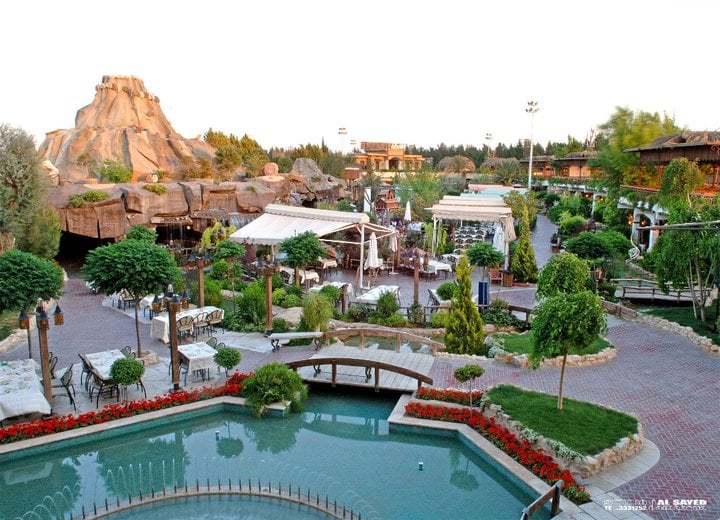
Another popular restaurant from our childhood on the airport road in the 2000s, Zaman Al Khair in Damascus was more than just a restaurant—it was an experience. Known for its spacious area and great food, it was also the first place in the country to have an international-standard go-karting track. This made it a hit with anyone looking to feel the thrill of driving a race car especially since the track was classified internationally according to the conditions and standards of the FIA-CIK.
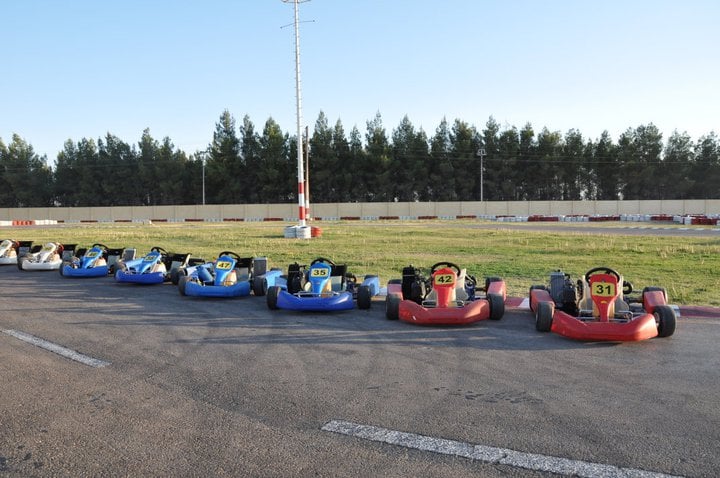
Swiss House
In the 2000s, Swiss House was considered one of the most luxurious restaurants on the outskirts of Damascus. With its vast green spaces and elegant outdoor seating, it was perfect for summer. The indoor seating by the fireplace was equally impressive during winter. It became the go-to place for any special occasion. Perhaps the most memorable thing about it was the complimentary compote they served when you paid the bill, whereas other restaurants would offer seasonal fruits, pieces of Arabic sweets, or ice cream in the summer.
Ain Al-Fijeh Restaurants
Located in the western Ghouta region, Ain Al-Fijeh is a village known for its water source that supplies Damascus. In the 2000s, it became a popular destination with several traditional restaurants. While they weren’t known for fancy decor, they offered delicious food and charming seating areas, making it a favorite spot for middle-class families on weekends and holidays. One of the best memories there was when you would meet your school friends and their families by chance at places like Al-Manar, Al-Naeem, or Abu Waheed.
Al-Rabwah Restaurants
Al Rabwah has always been a popular picnic spot for the people of Damascus. The Barada River running through it made it an ideal place for both upscale restaurants and simple riverside seating where you could bring your own food and enjoy a day out. Whether grilling, snacking, or just relaxing with some tea, Rabwah offered something for everyone.
Old Damascus Restaurants
In the heart of Damascus, especially in areas like Bab Touma, Bab Sharqi, and Al-Qaymariah, many old houses were transformed into restaurants and hotels. The most famous was Haretna, followed by several others like Beit Jabri and Beit Sitti. These restaurants all had a similar vibe—courtyards with tables, the sound of water fountains, and often Fairouz playing in the background. Perfect for family dinners, hangouts with friends, or even a romantic date, the only real difference between them was the decor and menu.
A&M

One of the first restaurants known for its pizza, A&M is still standing in Al-Mazraa’s Al-Maysat Square. It was a budget-friendly option for middle-class families, especially in summer when its outdoor seating was open.
Al Mataam Al Dawar : The Revolving Restaurant
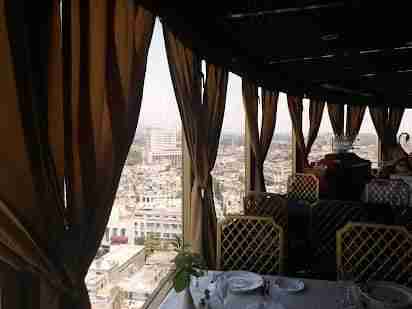
Back in the heart of Damascus, in the upper floors of the Sham Palace Hotel, lies the Revolving Restaurant, also known as L’Entrecôte. One of the city’s most upscale dining spots since the 1980s, it offers panoramic views of Damascus as it slowly rotates with the clock. The menu, heavily influenced by French cuisine, is famous for its entrecôte steak, which the restaurant is named after. And the best part? They keep refilling your plate until you’re full, not to mention the elegant appetizers and French desserts.
Sit Al-Sham Restaurant
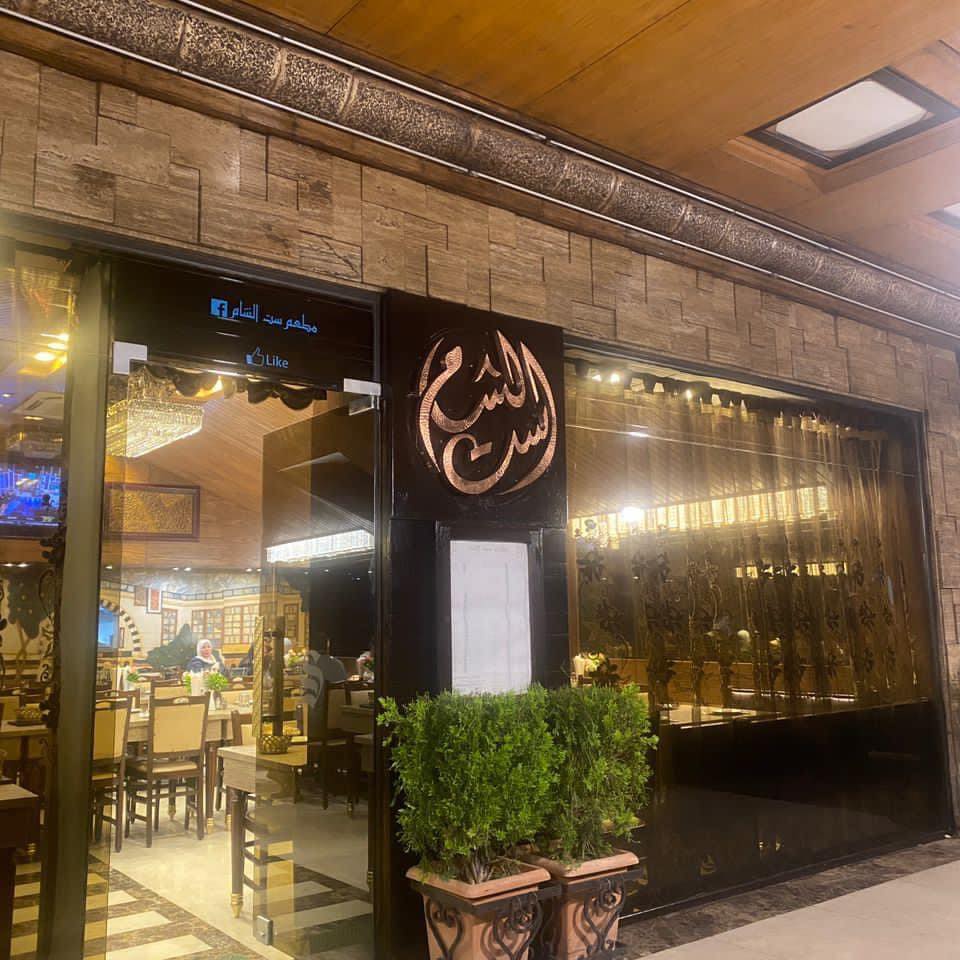
Behind the Meridian Hotel in Abu Rummaneh, you’ll find Sit Al-Sham, a restaurant known for its luxurious vibe, despite being famous for traditional dishes like foul and fatteh. It’s the perfect spot for a leisurely breakfast on a day off, but you’ll need to make a reservation—there’s always a line of people waiting for a table. Inside, the restaurant maintains its 1980s charm with wooden tables, chairs, and Damascene wallpaper. And who can think of Sit Al-Sham without the aroma of hot ghee used in their signature dishes?
Al-Tayara (The Airplane)
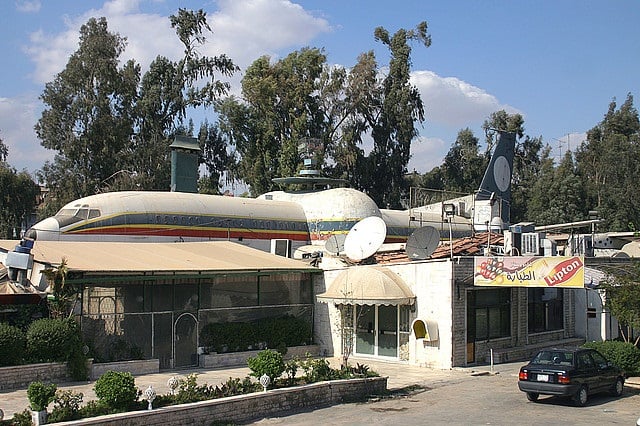
And finally, we have Al-Tayara, a famous restaurant that sadly no longer exists in Damascus. Located in Bab Touma’s Al-Soufaniyah, it was housed in a real Yemen Airways plane. After the plane mistakenly entered the wrong airspace and was forced to land in Damascus, it was converted into a unique restaurant that became an iconic landmark. Even if you weren’t hungry, passing by made you want to step inside and explore the airplane’s interior.
Enjoyed this read? Make sure to check out: Dar Al Yasmin: A Traditional Hotel Inspired by Bab Al-Hara

